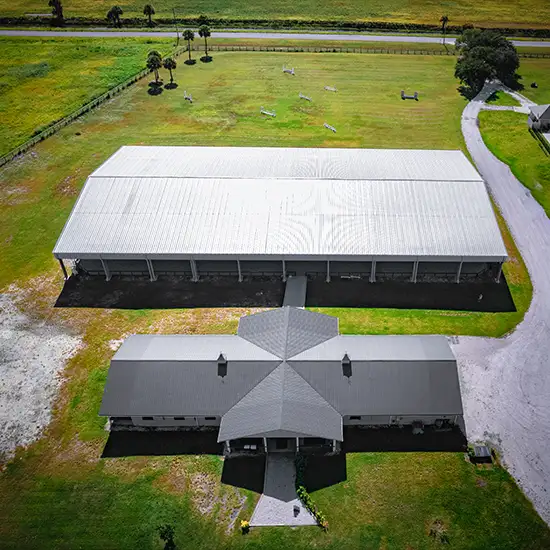Building Better Indoor Riding Arenas: Tackling Challenges In Construction

Building Better Indoor Riding Arenas: Tackling Challenges In Construction
Indoor riding arenas are essential facilities for equestrian sports, offering a controlled environment for training, competition, and leisure activities. These arenas provide shelter from the elements, allowing riders and horses to practice and perform year-round. However, the construction of indoor riding arenas comes with its own set of challenges. From design considerations and material choices to environmental control and safety measures, building a high-quality indoor riding arena requires careful planning and execution. This blog delves into the key challenges faced during the construction of indoor riding arenas and explores strategies for overcoming these obstacles to create better, more functional spaces.





